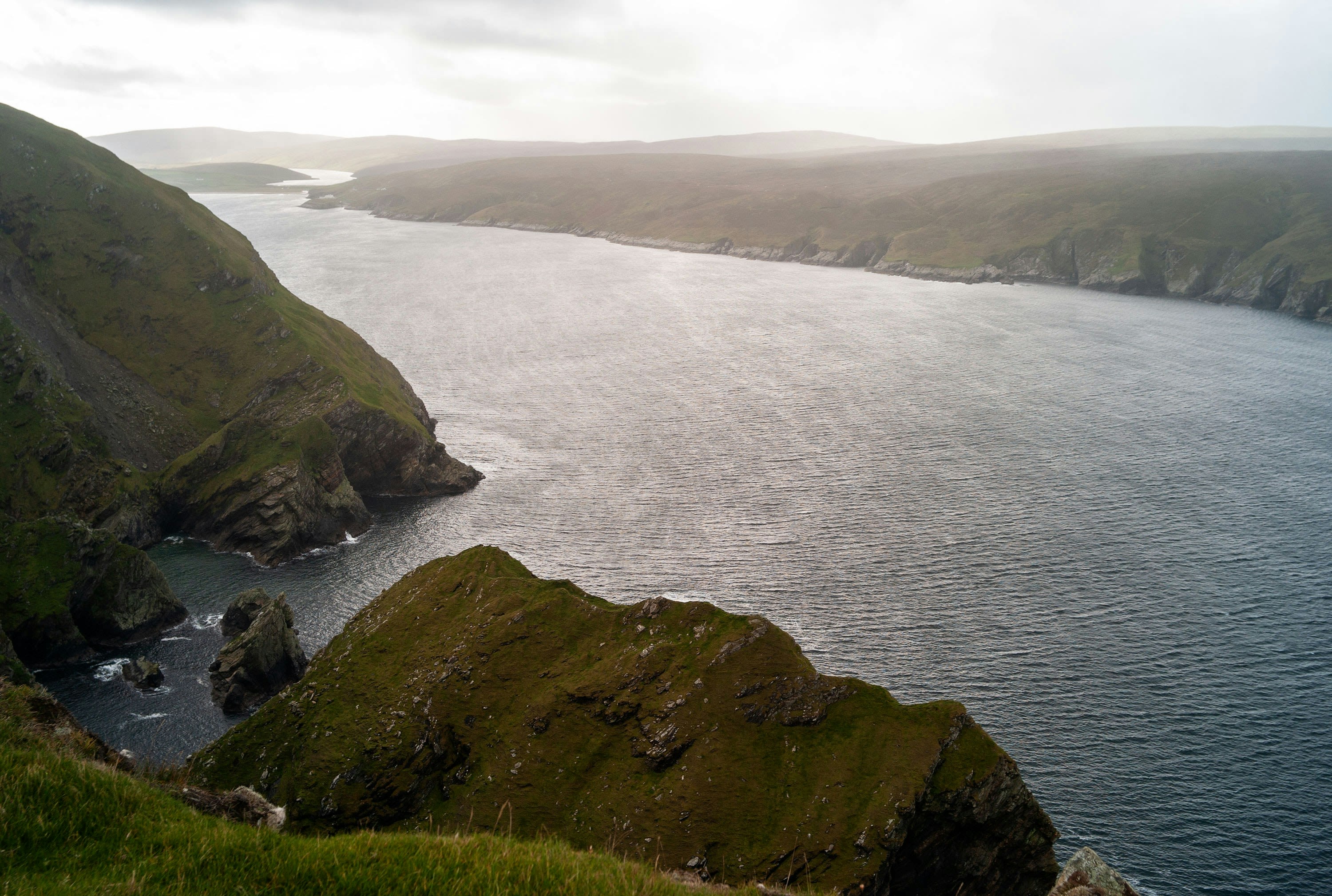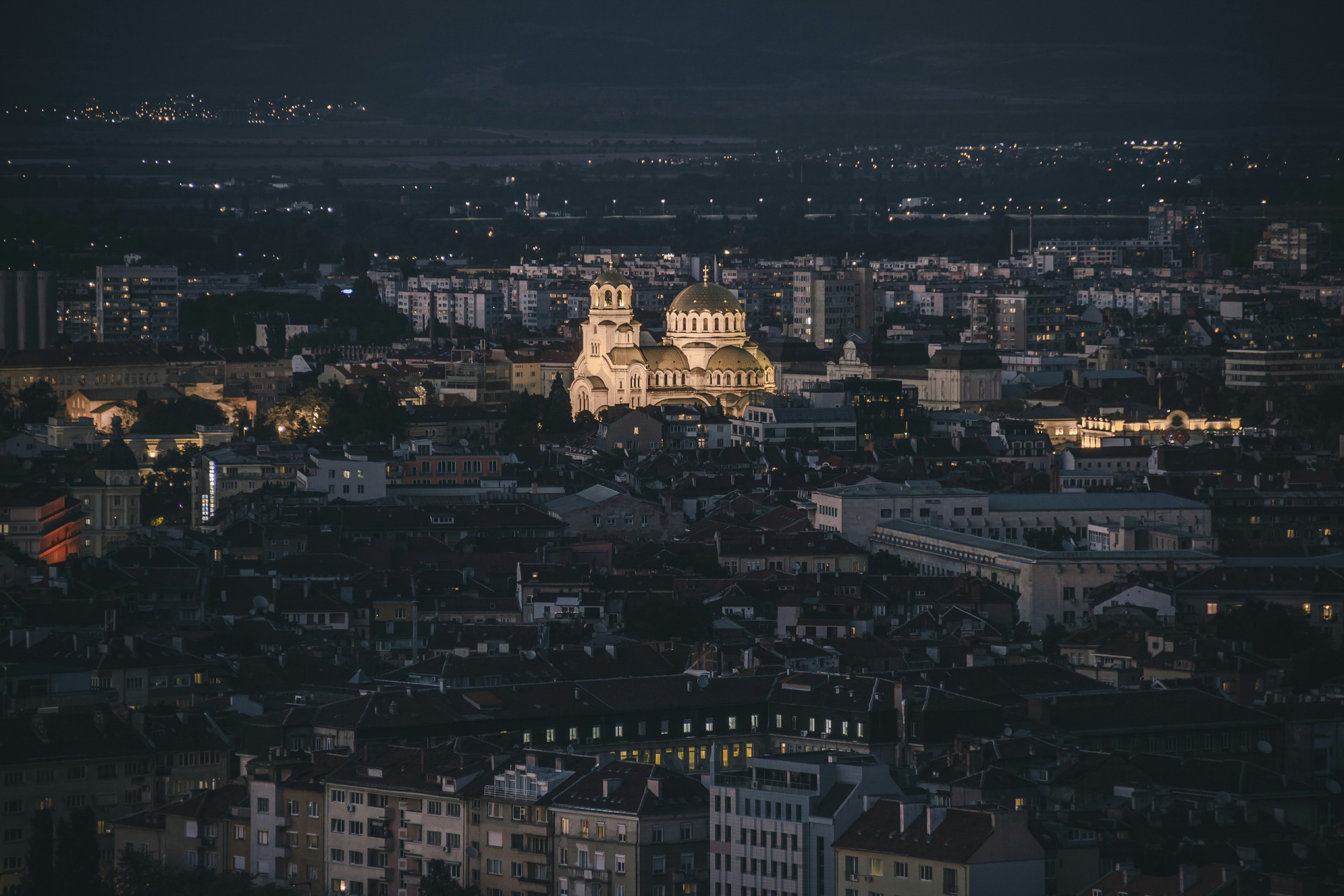The vast majority of travelers visit Europe during the summer months, but off-season travel to Europe is well worth considering, with the continent experiencing a record surge in recent years post-Covid. While it’s long been the high season, the skyrocketing number of visitors means that in-demand cities like London, Rome, Paris, Dublin, and Athens, along with newer “bucket-list” destinations such as Reykjavik have been jam-packed. Museums were filled to the brim and hotels sold out, while purchasing tickets to attractions in advance and booking restaurant reservations became a must.
The sweltering heat that included record highs in many places made things even more miserable, with some even collapsing from heat exhaustion at Athens’ Acropolis and Rome’s Colosseum. To make matters worse, it continued into early fall with unprecedented temperatures in September. If that’s not the type of travel you’d like to experience, it’s time to look into traveling during another season in Europe. Shoulder seasons like spring and fall, are likely to be more enjoyable, but the tourist season has expanded in recent years so it probably won’t be as tranquil as you might imagine, especially in the most popular destinations.
The winter months, except for the period around Christmas through New Year’s Day when many come to explore a famous Christmas market, might be your best bet for off-season travel in Europe. You’ll enjoy a much more peaceful time that allows for experiencing the destinations at a more laid-back pace. Plus, it’s likely to be cheaper with both airfare and accommodations typically discounted during this time of year.
NOTE: While you won’t be collapsing from heat exhaustion during the winter in Europe, you’ll still want to bring your LARQ water bottle. Hydration is important anytime as you’re probably aware and even when you aren’t sweating, you lose water through your skin. Healthcare experts also note that the drier air from indoor heating can lead to dehydration without you realizing it. Staying hydrated also helps to keep the body temperature normal, preventing hypothermia when in the chilly outdoors.
Ready to start packing? Get inspired by these enticing places to travel in Europe during the off-season.
Athens, Greece

The Greek capital city of Athens is a bucket-list destination for history buffs that’s sure to provide an unforgettable experience anytime, but during the peak of the tourist season, it’s typically scorching hot and filled with tourists. Exploring its crown jewel, Acropolis hill with monuments that date back to the 5th century BC, can fill more like trying to break free from a mosh pit at an open-air heavy metal concert under the desert sun. Winter in Athens is much more enjoyable and temperatures are mild, typically in the mid to upper 50s, similar to winter in San Francisco. All you’ll need is a light jacket or sweater and some comfortable walking shoes to explore.
Look forward to marveling at the Parthenon, wandering through the colorful Plaka neighborhood, and browsing the famous open-air Monastiraki Market without having to elbow your way through the crowds. This is also the best time to travel for nightlife in Athens – it’s the liveliest season for after-dark fun, with many venues hosting live music and club-hopping that can rival any U.S. city.
Rovinj, Croatia

Romantic Rovinj is an Istrian jewel, located on the west coast of the Istria Peninsula. A former Venetian state, it has a distinctly Italian feel with pastel Venetian-style homes and landmarks like the church of Saint Euphemia, with its bell tower a replica of St. Mark’s campanile in Venice. Marking the highest point in town, it can even be climbed for a breathtaking view. Travelers come from across the globe to enjoy summer getaways here, but those in the know are arriving in the winter.
The mild climate makes it easy to say goodbye to the winter blues and enjoy the sun-soaked, uncrowded cobblestone streets, lined with unique boutiques and independent shops, art galleries, lively bars, gelaterias, and outstanding eateries. Sipping a glass of Istrian wine while gazing out at the magnificent natural setting, including a picturesque harbor known by ancient mariners as the “cradle of the sea,” is sure to make every last bit of stress melt away.
Venice, Italy

Venice itself is a destination that everyone should visit at least once. While winter temperatures aren’t exactly warm, many feel the beautiful “Floating City” is at its most beautiful during this season. It’s even more magical under a dusting of snow. Visiting from mid-spring through early fall, especially during the Easter holidays and the peak season of July and August, you won’t see Venice isn’t at its best. Lovers of Venice tend to stay away as much as possible during these periods. It’s become so crowded with an invasion of day-trippers that the city is even implementing a fee to visitors who enter on peak days if they aren’t spending the night.
Those who come during the winter can enjoy Venice’s surreal beauty in a much more serene atmosphere while experiencing the authentic side most visitors miss. Bundle up a bit and enjoy strolls through the thick mist that tends to settle around the canals. It makes for striking atmospheric photos. You’ll be able to visit iconic attractions like St. Mark’s Square and enjoy a more tranquil ride in a gondola as they run throughout the year – gondoliers even provide blankets to cozy up under.
The Algarve, Portugal

The Algarve anchors Portugal’s southern region. It’s the southwesternmost area of mainland Europe and the Iberian Peninsula, renowned for its picturesque villages, cliff-framed beaches, mouthwatering seafood, and frequent sunny skies, with 300 days of sunshine annually. Its Mediterranean climate means winters are mild and completely different than the busy summers. It’s more of a local affair now, ideal for strolls on the beach with temperatures hovering around the low 60s.
Visiting the Algarve in the winter means you can often relax and enjoy a view all to yourself. You’ll find beaches with golden sands backed by red cliffs dotted with pine trees and stretches tucked into hidden coves. All are framed by azure waters, and often with rock formations rising from the waves. You’ll be able to book tours at the last minute and grab a table at a restaurant serving dishes like fresh-caught sea bass without having to wait. This is also a great time to hike the Seven Hanging Valleys Trail, a 3.7-mile route between Praia da Marinha and Praia de Vale Centeanes with breathtaking views and access to beautiful beaches.
Sofia, Bulgaria

Located in eastern Europe, the capital of Bulgaria is ideal for those looking for a budget-friendly destination, and winter is the cheapest time to visit. Want to stay in a high-end hotel that you normally couldn’t afford? You can enjoy all sorts of luxuries for the price you’d normally pay for a Motel 6 back home. Sofia also boasts a rich history with intriguing cultural attractions that are just as alluring in the winter as they are the rest of the year. It looks even more enchanting under a blanket of snow. You’ll just need to bundle up as temperatures can range from around freezing to 50 degrees Fahrenheit, but the cold is a perfect excuse for a new pair of winter boots.
The most dazzling sight is the Alexander Nevsky Cathedral. While you can marvel at it anytime, in the winter it will be much easier to capture photos, standing proud in the center of a golden cobbled road without a big crowd of tourists around. Be sure to take a day trip into the nearby mountains to experience Bulgaria’s spectacular natural wonders – joining a small group tour avoids having to get behind the wheel on icy streets. Some include snowshoeing at Vitosha Mountain where you’ll be immersed in a snowy white wonderland.
The Shetland Islands, Scotland

Few tourists visit Scotland’s Shetland Islands in the wintertime. The northernmost point in Britain, the archipelago, isn’t exactly warm for winter-season travel, but it’s the perfect time to see the northern lights. Those with Mother Nature’s most spectacular work of art on their bucket lists have been heading in droves to places like Iceland and Finland, but here you won’t be competing with the masses. Known locally as the “Mirrie Dancers,” the short daylight hours are ideal for spotting them. If you’re very lucky you might even see a whale passing beneath the aurora just offshore.
If you can visit in late January, you can experience local culture at the annual Viking fire festival known as the Up Helly Aa. Taking place over 24 hours on the last Tuesday of the month, you’ll see around a thousand costumed torch-bearers taking to the dark streets of Lerwick, the islands’ capital.
Vienna, Austria

Vienna is one of Europe’s most beautiful cities, a classic with grand palaces, magnificent cathedrals, and world-class museums. The Inner City, or Innere Stadt, hosts centuries-old buildings that make it a delight to explore. It’s so authentic that you might expect Mozart, who moved to the city in 1781 and died there a decade later, to appear around a corner at any moment. Renowned for its coffee houses, you’ll find many cozy spots to duck into on a cold winter’s day while following in the footsteps of great artists, authors, and intellectuals.
If you visit Vienna in early January, you can enjoy the New Year markets, complete with live music concerts and New Year-themed items. Around mid-January, the Wiener Eistraum starts, running through early March with a gorgeous, illuminated set of ice rinks and trails across the square in front of the Rathaus and the surrounding park. Be sure to tour the baroque-style Schonbrunn Palace with its over 1,000 rooms, you’ll be there at a privileged time without all the tourists around.
